Key Takeaways:
- Digital weather stations provide a range of meteorological readings from temperature to wind speed, offering personalized data right at your doorstep.
- Accuracy varies significantly across different models and brands, from basic to high-end systems.
- Proper installation and regular maintenance are crucial for obtaining the most accurate data from personal weather stations.
Understanding Digital Home Weather Stations
Digital weather stations have revolutionized how we access and monitor weather conditions directly from our homes. These devices measure various environmental parameters such as temperature, humidity, barometric pressure, and wind speed. The allure of having real-time data about local weather is quite strong for anyone from gardeners and farmers to amateur meteorologists.
However, the question remains: are digital weather stations accurate? The answer isn't a simple yes or no. The accuracy of these devices depends on several factors including the quality of the electronic components, the location of the station, and the specific weather variables being measured.
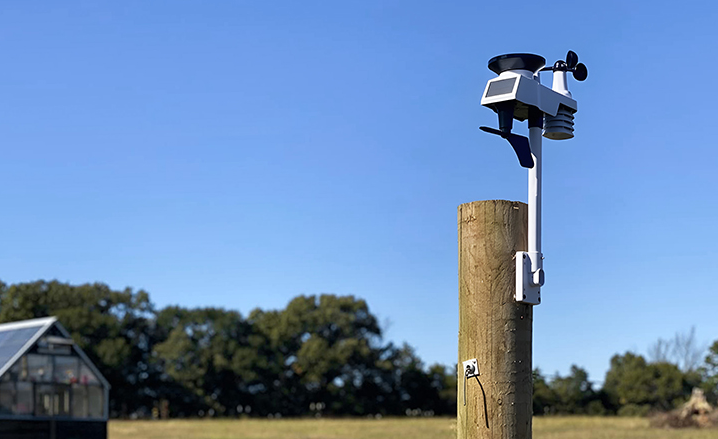
Factors Influencing Accuracy
The precision of a home weather station largely hinges on its design and the quality of its sensors. High-end weather stations typically use more refined and sensitive instruments that can detect slight changes in environmental conditions. On the other hand, a cheap weather station might not provide the same level of accuracy due to the use of lower-quality sensors and less sophisticated technology.
Another critical factor is the placement of the station. Careful placement away from artificial heat sources, such as buildings or concrete, and obstructions that could block wind or rain, is essential for accurate readings. A poorly placed station can lead to skewed data, particularly in measuring parameters like wind speed and direction, or solar radiation.
Calibration and Maintenance
Regular calibration and maintenance are vital for ensuring the accuracy of weather station data. Over time, sensors can drift, leading to inaccurate readings. For instance, humidity sensors might become less responsive or temperature readings could be affected by dust and debris. Regular cleaning and recalibration, according to the manufacturer's instructions, can help maintain the accuracy of your weather station.
Moreover, the software that processes and displays the weather data also plays a role in how measurements are interpreted and reported. Firmware updates and bug fixes can improve the function of your weather station and correct any errors in data processing.
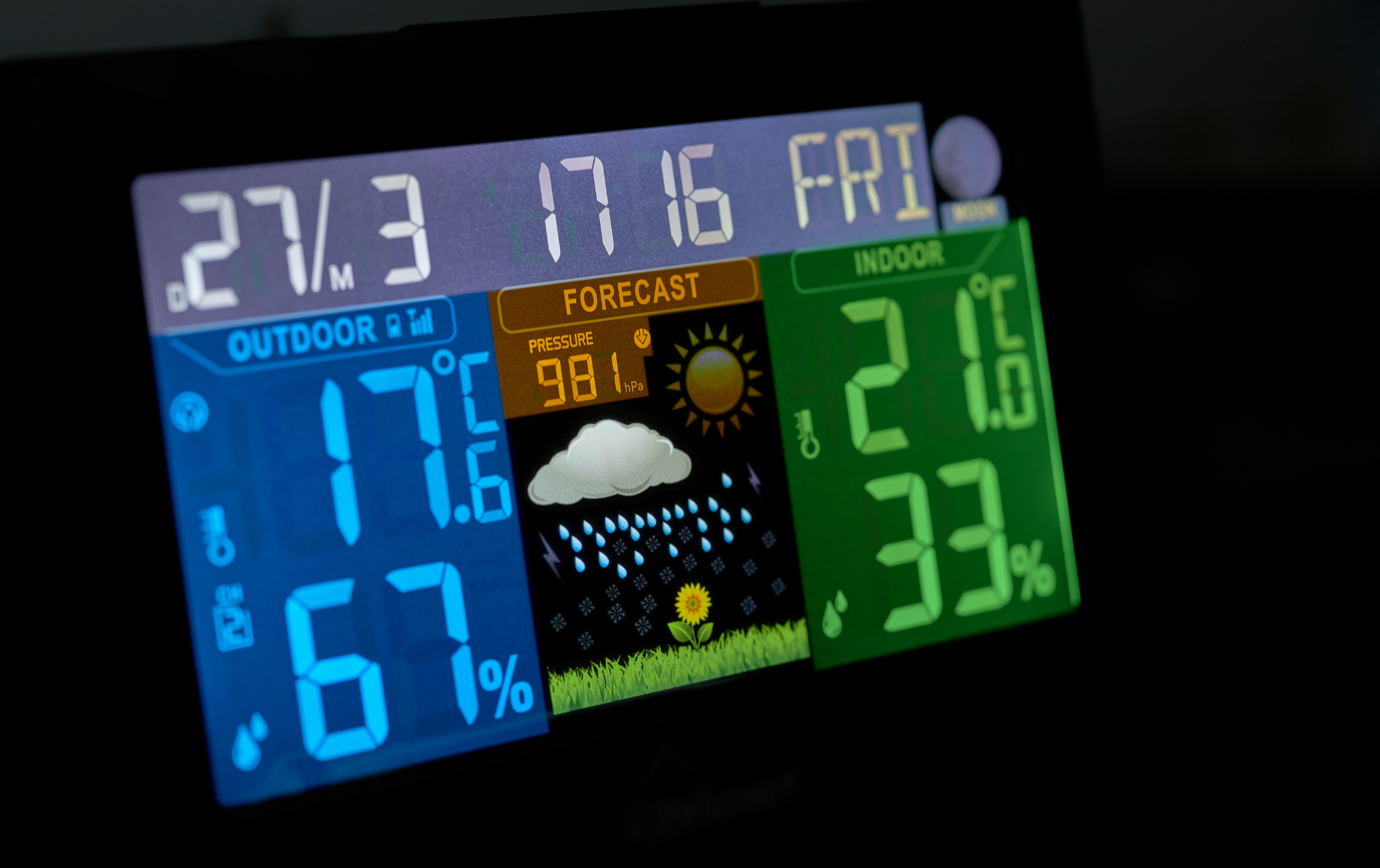
Integration with Smart Home Systems
Integrating your personal weather station with smart home systems can transform your living space into a hub of environmental awareness. By syncing devices, you can automate home functions based on real-time data from your own weather station. For instance, if the temperature reading hits a specific high, your smart AC can kick in automatically, ensuring your home remains an oasis of comfort. This seamless interaction not only boosts convenience but also enhances energy efficiency, tailoring your home’s response to local conditions without lifting a finger.
Moreover, the visual appeal of tech products like ambient weather stations can be a stylish addition to your smart home setup. Imagine getting weather updates displayed on your fridge’s screen or controlling the settings of your weather station through voice commands. This integration not only serves practical purposes but also adds a modern touch to your home, making it an envy-worthy smart hub. The ability to monitor weather measurements like humidity and wind direction through your preferred smart device simplifies daily routines, ensuring you’re always one step ahead of Mother Nature.
The Role of Power Sources in Personal Weather Station Accuracy
When discussing the accuracy of a basic weather station, the power source emerges as a pivotal factor. Stations powered by solar energy, for instance, have the advantage of maintaining continuous operation during sunny days, which is crucial for collecting uninterrupted real-time data. However, solar-powered units can face challenges during overcast or stormy conditions, potentially leading to gaps in data collection unless they have a reliable backup power source.
Conversely, weather stations that utilize batteries or direct electrical connections offer a different set of advantages and challenges. Battery-powered stations are highly versatile and can be placed in virtually any location, regardless of proximity to electrical outlets. This flexibility can be particularly beneficial for capturing data in remote or unstructured environments. However, the need to regularly replace or recharge batteries can introduce elements of human error and inconsistency in data continuity, which might affect the overall accuracy of the weather report.
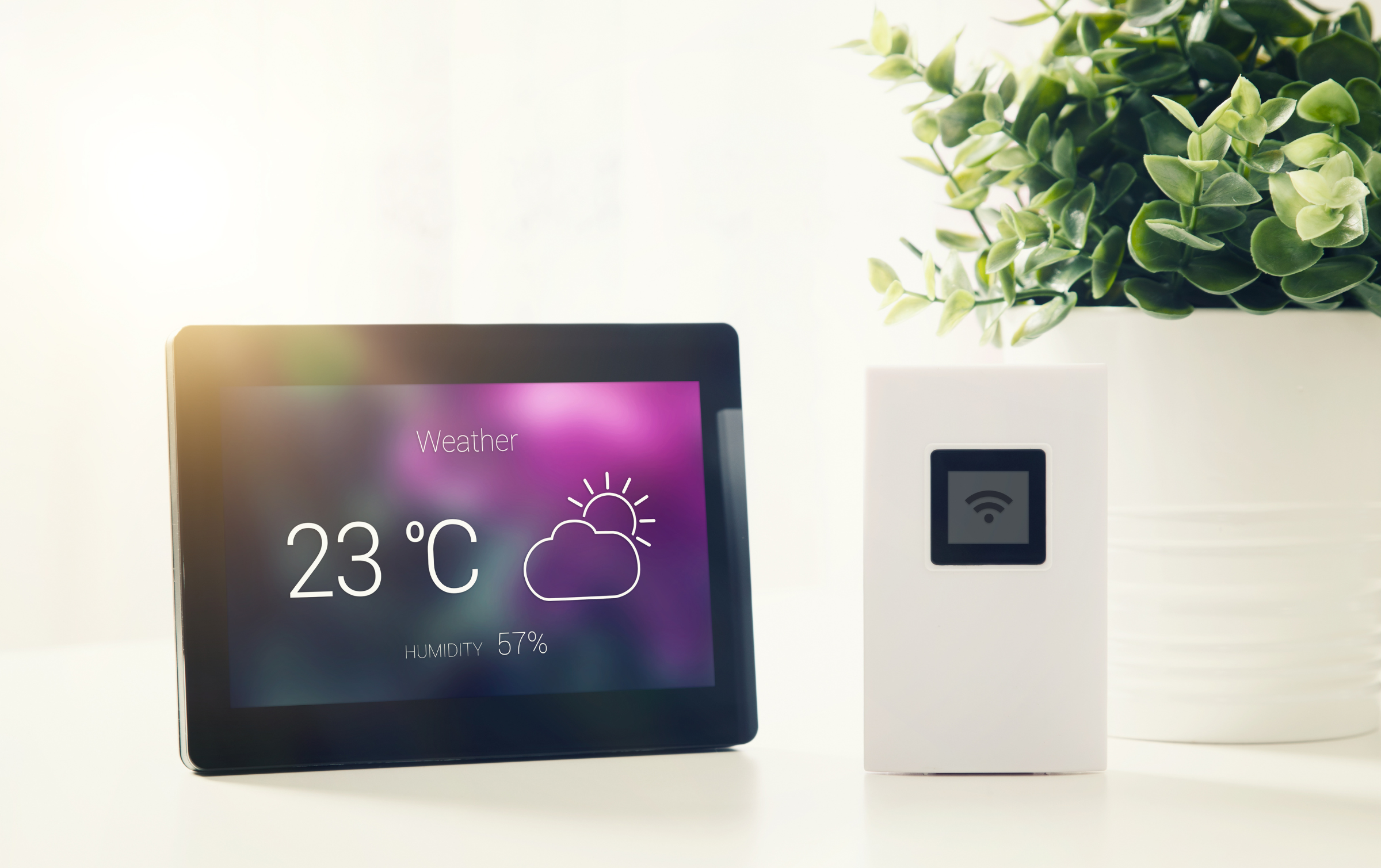
Enhancing Weather Data with Multiple Sensor Integration
To achieve the best accuracy in weather reporting, high-end weather stations often integrate various sensors that measure not just temperature and humidity but also other critical atmospheric variables. For instance, incorporating a wind vane and rain gauges allows for comprehensive monitoring that covers two measurements essential for a detailed weather analysis. This integration helps in understanding the microclimates of an exact location more precisely, which can be significantly different from general area forecasts provided by standard weather apps.
Moreover, the addition of specialized sensors like radiation shields and dew point calculators further refines the data quality. Radiation shields protect the sensors from solar radiation and precipitation, ensuring that the temperature and humidity sensors provide more accurate readings. By combining data from these diverse sources, the best weather station setups can minimize the impact of environmental factors and human error, offering amateur meteorologists and weather enthusiasts insights that are as close to reality as possible.
Educational Benefits and Community Engagement
Owning a high-end weather station offers more than just personal convenience; it serves as an educational tool that can spark curiosity and foster learning. For families with children, it’s a fantastic way to teach about the natural world and the science behind weather patterns. Tracking changes in temperature, wind chill, and UV index can turn into fun, educational activities that bring theoretical knowledge to life. This hands-on learning approach helps demystify the science of meteorology, making it accessible and engaging for amateur meteorologists of all ages.
Beyond individual learning, a personal weather station can enhance community engagement. By sharing data with platforms like Weather Underground, you contribute to a larger network of weather enthusiasts who use the information for various purposes, from planning local events to improving local news forecasts. This collective effort not only improves data quality but also fosters a sense of community among users. Engaging with other weather station owners can lead to a deeper understanding of regional climate behaviors and promote a collaborative environment where everyone benefits from shared knowledge and experiences.
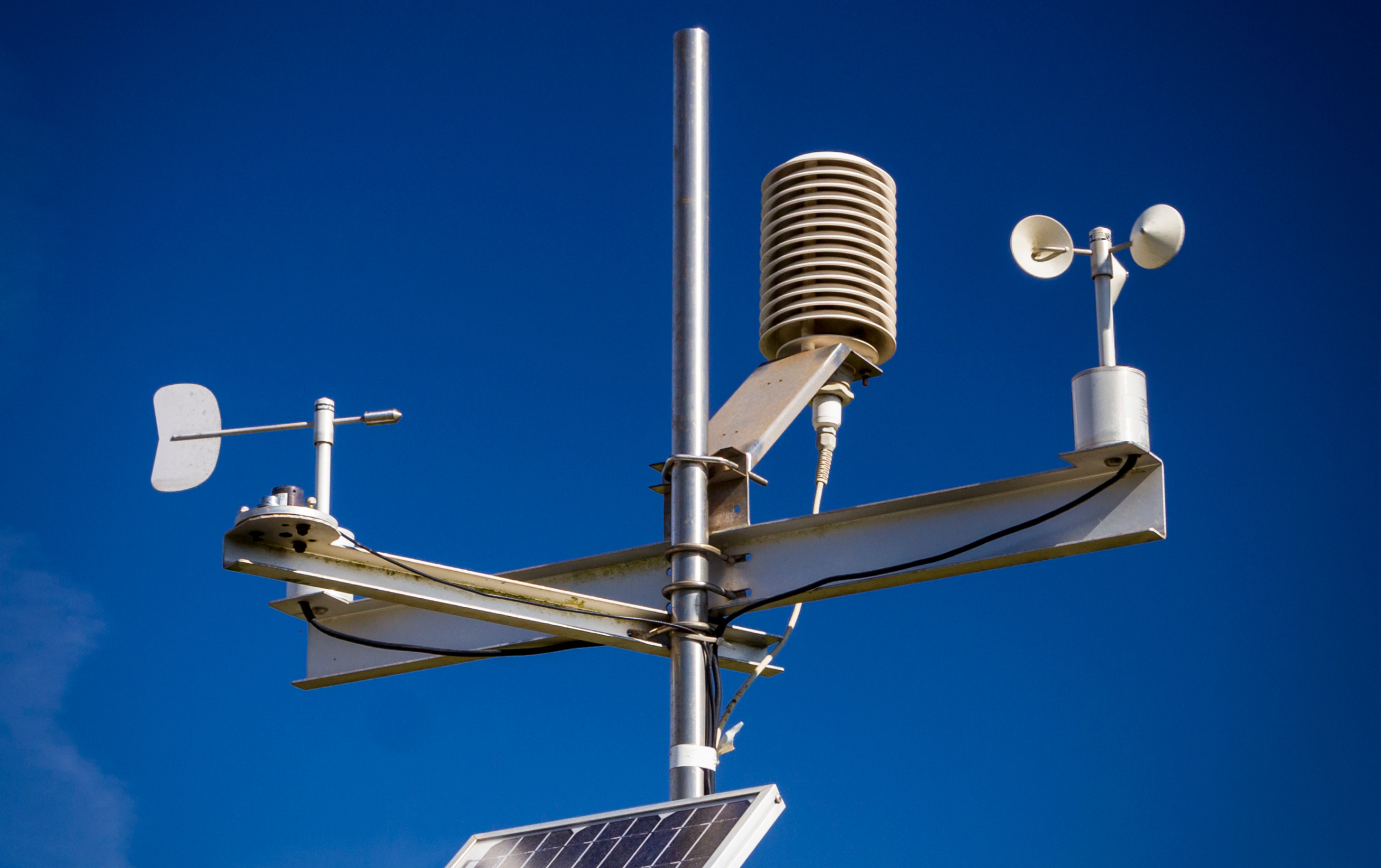
Comparing to Official Weather Stations
It's important to note that personal weather stations can sometimes differ from readings taken by official weather stations. These discrepancies can be due to the microclimates in specific locations, as official stations are often placed in carefully selected locations to provide a general overview of weather for a broader area.
Personal weather stations, however, offer the advantage of specific, localized data that can be more relevant to your immediate environment. This can be particularly useful for agricultural planning, event planning, or just understanding your local weather patterns better.
Technological Enhancements
Modern digital weather stations come equipped with a variety of technological enhancements that boost their accuracy. Features like radiation shields, high-quality wind vanes, and sophisticated temperature sensors contribute to more precise measurements. Connectivity options such as Wi-Fi and integration with systems like Google Assistant also allow for real-time data monitoring and analysis.
User Experience and Reviews
When considering the purchase of a digital weather station, it’s beneficial to look at user reviews and experiences. Products like the Vantage Vue have received positive feedback for reliability and accuracy. Users often share insights about installation, ease of use, and the accuracy of different models, which can guide new buyers in making informed decisions.
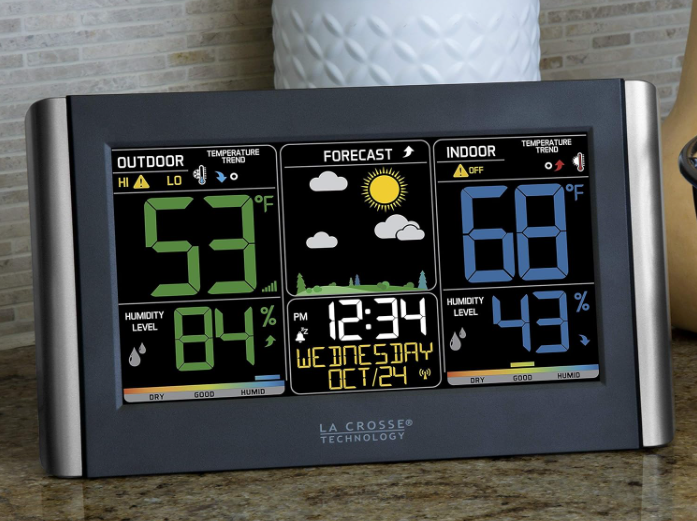
Summary
Digital weather stations are invaluable tools for anyone interested in keeping a close tab on local weather conditions. While factors like model quality, sensor accuracy, installation location, and maintenance play crucial roles in the precision of these devices, modern advancements have made home weather stations quite reliable. By choosing the right model and ensuring it is well-maintained and correctly installed, you can achieve near-professional weather monitoring right in your backyard.
FAQ
Q: How often should I calibrate my digital weather station?
A: Calibration frequencies can vary depending on the model and the manufacturer's recommendations. Generally, checking sensors and recalibrating your device annually is a good practice.
Q: Can weather stations measure indoor conditions as well?
A: Yes, many digital weather stations come equipped with indoor sensors that measure parameters like indoor temperature and humidity, providing a comprehensive view of both indoor and outdoor environments.
Q: Are there weather stations that can connect to my smartphone?
A: Absolutely, many modern weather stations feature internet connectivity that allows them to send data directly to your smartphone or tablet. This enables you to monitor your local weather conditions from anywhere in real-time.








